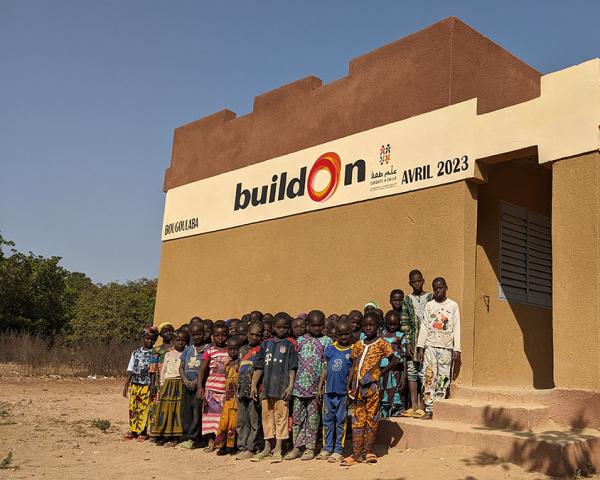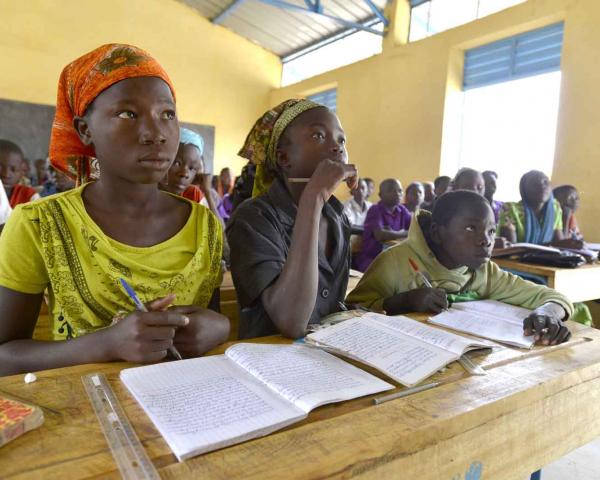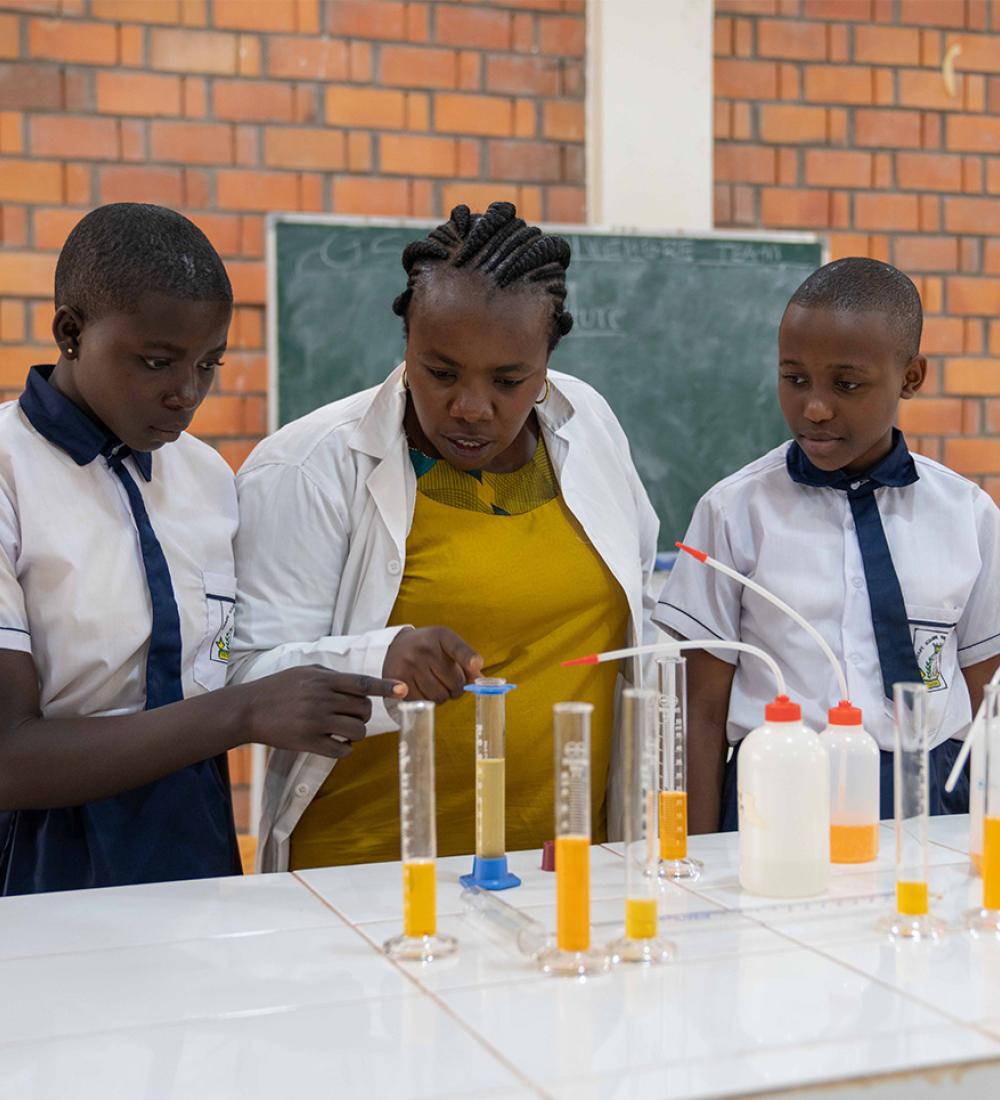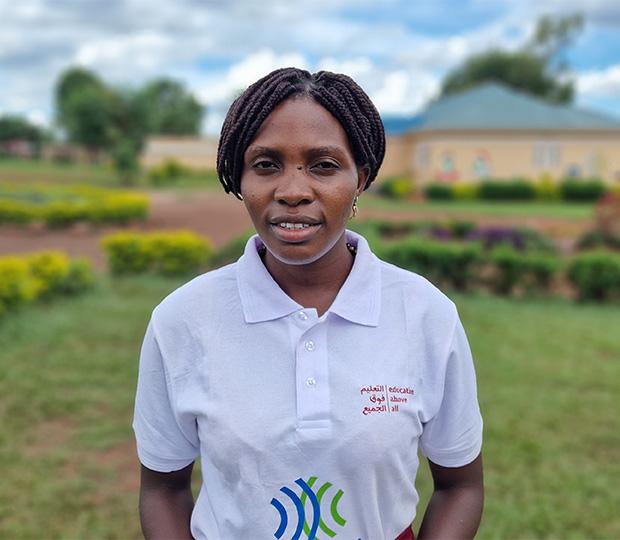Getting out of school children back to classrooms in north-west Nigeria
By Samuel Kaalu
KATSINA, 16 APRIL 2021 – Inside one of the classrooms at the Kafur Model Primary School, 14-year-old Majidda Hussain and her classmates enthusiastically pay attention to a lesson.
Majidda is not only the first to raise her hand to respond to a question from the teacher, she goes to the board to show she understands the topic. With a stick, she points to each word on the board and reads it aloud, while the class responds as a group.
Just two years earlier, when poverty forced Majidda to drop out of school, this wouldn’t have seemed possible. While Majidda had long dreamed of going to university and becoming a doctor, she instead became a statistic: just one of the millions of school-age children in Nigeria who are out of school – most in the country’s north.
Happily, Majidda is now back in education and her dreams once again seem attainable.
“I’m happy to be back in school,” she said. “I want to become a doctor one day and help women and girls.”
Through Educate A Child (EAC), a global programme of the Education Above All Foundation, and in collaboration with the government in the north-west Nigerian States of Katsina, Kebbi, Sokoto and Zamfara, UNICEF has trained school-based management committees (SBMCs) to track out of school children (OOSC) and encourage their caregivers to send them to school.
The implementation of the joint EAC/UNICEF Girls Education Project Phase 3 initiative, with support from the Qatar Fund For Development, involves both community mapping of OOSC and a campaign to get children in school. In addition to capacity building of SBMC members and teachers, schools in project areas have been supplied textbooks, learning charts, posters and other learning materials.
In Majidda’s case, the problem wasn’t school fees, but that she couldn’t afford the cost of a school uniform.
“We found her during one of our campaigns to track out of school children,” said Ahmed Garba, 45, chairman of the Kafur SBMC.
“When we learned that the lack of a school uniform was the reason Majidda had dropped out of school, we provided one for her. We are glad she’s now back to school,’’ he said.
SBMC members visit parents in their homes and also talk to worshippers in mosques and churches about the importance of enrolling and keeping their children in school. “Sometimes families tell us they don’t have money to provide breakfast for their children at school and we support them with that,” said Garba.
Maryam Idris, 11, and Ibrahim Garba, 13, had never even stepped foot in a classroom. They are now pupils at Kafur Model Primary School, after the SBMC convinced their parents to enrol them.
“School enrolment figures at Kafur have increased from 1,439 to 1,627 since the last community mapping of out of school children in Kafur in 2019,” said Dauda Muhammed Lawal, the school’s head teacher.
Through this joint project, EAC and UNICEF have set a target of getting more than 500,000 OOSC into education by June 2022.
If the enrolment figures at Kafur are anything to go by, there is ample reason for optimism they can achieve these goals.

















